Sustainable Timber Harvesting
- July 29, 2024
- 0 comment
Sustainable timber harvesting is a crucial practice that balances the economic demands for wood products with the need to preserve forest ecosystems for future generations. This approach ensures that logging activities do not deplete forest resources or harm the environment. By adhering to principles that protect biodiversity, maintain ecological functions, and promote long-term forest productivity, sustainable timber harvesting aims to mitigate the adverse effects of traditional logging methods.
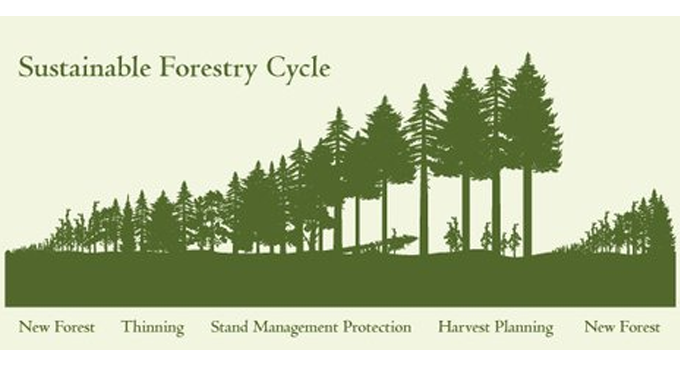
Techniques such as selective logging, reduced impact logging, and continuous cover forestry are employed to minimize damage to the forest floor and surrounding vegetation. Certification programs like those from the Forest Stewardship Council (FSC) and the Programme for the Endorsement of Forest Certification (PEFC) play a significant role in promoting sustainable practices by setting rigorous standards and providing market incentives. Moreover, sustainable timber harvesting supports local economies and communities by ensuring fair trade and ethical labor practices. As global demand for wood products continues to grow, the importance of sustainable timber harvesting becomes ever more critical, offering a pathway to meet human needs while preserving the health and diversity of our forests.
List of Sustainable Timber Harvesting
- Principles of Sustainable Timber Harvesting
- Methods and Techniques
- Certification and Standards
- Economic and Social Aspects
- Challenges and Solutions
- Future Directions
- FAQs
Principles of Sustainable Timber Harvesting
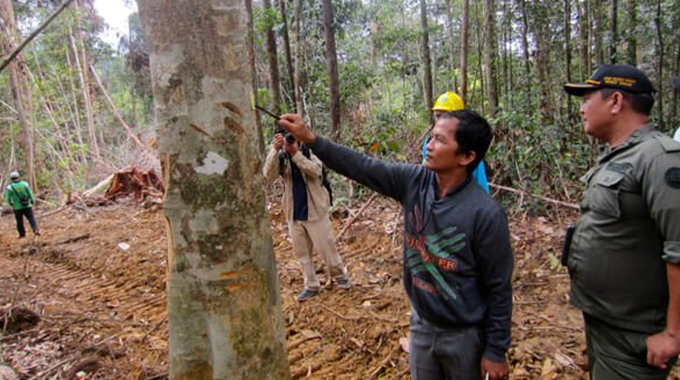
Maintaining Ecological Balance
Sustainable timber harvesting is rooted in the principle of maintaining ecological balance. This involves ensuring that the natural processes within a forest ecosystem are not disrupted by logging activities. By carefully selecting trees for harvest and preserving the forest structure, sustainable practices support the health and functionality of the ecosystem. This balance is crucial for maintaining habitat for wildlife, regulating water cycles, and supporting the overall resilience of the forest.
Ensuring Long-term Forest Productivity
One of the key principles of sustainable timber harvesting is to ensure the long-term productivity of the forest. This means that forests are managed in a way that allows for continuous regeneration and growth. By adopting practices such as selective logging and avoiding clear-cutting, foresters can maintain a steady supply of timber without depleting resources. This approach not only benefits the environment but also ensures that the forest remains a viable economic resource for future generations.
Protecting Biodiversity
Biodiversity protection is central to sustainable timber harvesting. Forests are home to a vast array of plant and animal species, many of which are interdependent. Sustainable practices aim to protect this biodiversity by minimizing habitat destruction and fragmentation. Techniques such as creating buffer zones and preserving key habitat features help maintain the diversity of species within the forest, contributing to a healthy and vibrant ecosystem.
Minimizing Soil and Water Degradation
Sustainable timber harvesting also focuses on minimizing soil and water degradation. Soil erosion and compaction can be significant issues in logging operations, leading to reduced forest productivity and water quality. By employing methods such as reduced impact logging (RIL) and maintaining riparian buffers, sustainable practices help protect soil structure and prevent sediment runoff into waterways. This is essential for maintaining the health of both terrestrial and aquatic ecosystems.
Methods and Techniques
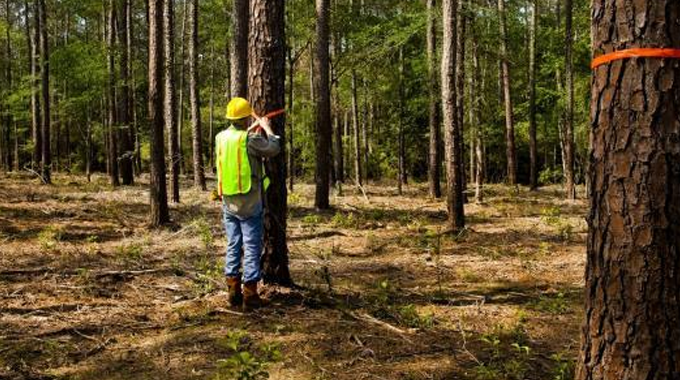
Selective Logging
Selective logging is a technique used in sustainable timber harvesting where only certain trees are removed, based on criteria such as age, size, and species. This method helps maintain the overall structure and function of the forest, allowing for natural regeneration and reducing the impact on wildlife habitats.
Reduced Impact Logging (RIL)
Reduced impact logging (RIL) involves planning and implementing logging operations to minimize environmental damage. This includes careful planning of roads and skid trails, directional felling to avoid damage to surrounding trees, and using techniques that reduce soil compaction and erosion. RIL helps maintain forest health and productivity while still allowing for timber extraction.
Continuous Cover Forestry
Continuous cover forestry is a management approach that maintains a continuous canopy cover over the forest. This method supports biodiversity, soil health, and water quality by preventing large-scale disturbances. Harvesting is done selectively and gradually, ensuring that the forest structure remains intact and capable of regenerating naturally.
Agroforestry and Mixed-use Landscapes
Agroforestry and mixed-use landscapes integrate tree planting with agricultural activities. This approach enhances biodiversity, improves soil fertility, and provides additional income streams for local communities. By combining forestry with agriculture, land use is optimized, and the pressure on natural forests is reduced.
Certification and Standards
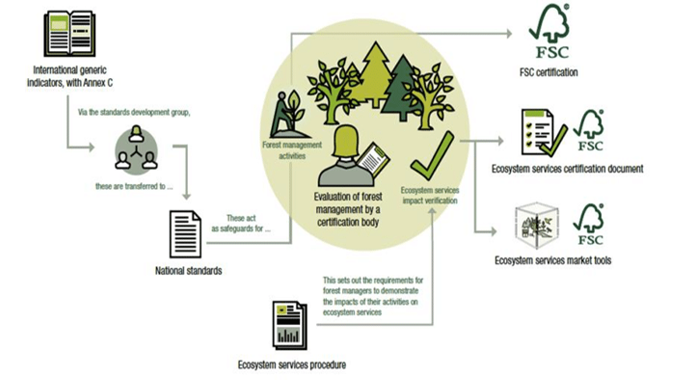
Overview of Major Certification Bodies (FSC, PEFC)
Certification bodies such as the Forest Stewardship Council (FSC) and the Programme for the Endorsement of Forest Certification (PEFC) play a crucial role in promoting sustainable timber harvesting. These organizations set standards for responsible forest management and provide certification to operations that meet these criteria.
Criteria for Sustainable Certification
To achieve certification, forestry operations must meet stringent criteria that encompass environmental, social, and economic aspects. This includes maintaining forest biodiversity, protecting water resources, respecting the rights of indigenous peoples, and ensuring fair labor practices. Certification provides assurance that timber products come from sustainably managed forests.
Benefits of Certification for Forests and Consumers
Certification offers numerous benefits for both forests and consumers. For forests, it promotes sustainable management practices that protect ecosystems and support long-term productivity. For consumers, certification provides confidence that the products they purchase are sourced responsibly, contributing to environmental conservation and ethical trade.
Economic and Social Aspects

Economic Benefits of Sustainable Timber Harvesting
Sustainable timber harvesting provides significant economic benefits by ensuring a continuous supply of timber and non-timber forest products. This stability supports local economies and provides livelihoods for communities dependent on forestry. Additionally, sustainably managed forests can offer eco-tourism opportunities and other revenue streams.
Community Involvement and Benefits
Engaging local communities in sustainable forestry practices is essential for success. Community involvement ensures that local knowledge and needs are incorporated into management plans, fostering a sense of ownership and stewardship. Sustainable timber harvesting can provide social benefits, including job creation, capacity building, and improved living standards.
Fair Trade and Ethical Considerations
Fair trade and ethical considerations are integral to sustainable timber harvesting. This involves ensuring fair wages and working conditions for forest workers, respecting the rights of indigenous peoples, and promoting equitable sharing of benefits. Ethical practices help build trust and support among stakeholders, contributing to the overall success of sustainable forestry initiatives.
Supporting Local Economies
Sustainable timber harvesting supports local economies by creating jobs and providing a stable source of income. It also encourages the development of local industries related to timber processing and value-added products. By fostering economic growth at the local level, sustainable practices contribute to poverty reduction and improved quality of life.
Challenges and Solutions
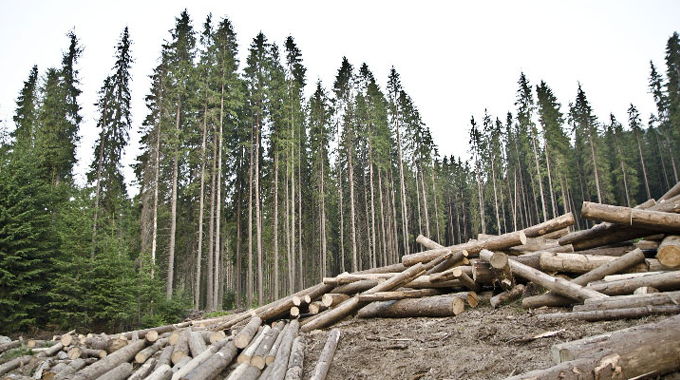
Common Obstacles to Implementing Sustainable Practices
Implementing sustainable timber harvesting faces several challenges, including economic pressures, lack of technical knowledge, and insufficient policy support. Illegal logging and land tenure issues can also undermine sustainable efforts. Addressing these obstacles requires a multi-faceted approach involving education, enforcement, and incentives.
Solutions and Innovations in Sustainable Forestry
Innovations in sustainable forestry include advancements in remote sensing and GIS technology, which enhance forest monitoring and management. Community-based approaches and participatory management models have proven effective in engaging stakeholders and ensuring sustainable outcomes. Policies that promote sustainable practices and provide financial incentives can also drive positive change.
Policy and Regulatory Frameworks
Effective policy and regulatory frameworks are essential for supporting sustainable timber harvesting. This includes establishing clear guidelines for forest management, enforcing laws against illegal logging, and providing incentives for sustainable practices. Collaboration between governments, NGOs, and the private sector is crucial for creating an enabling environment for sustainable forestry.
Future Directions
Emerging Trends in Sustainable Timber Harvesting
Emerging trends in sustainable timber harvesting include the increased use of technology for precision forestry, the development of new market mechanisms for ecosystem services, and the growing recognition of the role of forests in climate change mitigation. These trends reflect a shift towards more integrated and holistic approaches to forest management.
The Role of Technology and Innovation
Technology and innovation play a vital role in advancing sustainable timber harvesting. Remote sensing, drones, and data analytics enhance the ability to monitor forest conditions and plan harvesting operations. Innovations in timber processing and utilization also contribute to more efficient and sustainable use of forest resources.
Predictions for the Future of Sustainable Forestry
The future of sustainable forestry looks promising, with increasing awareness and commitment to responsible forest management. As global demand for timber continues to rise, sustainable practices will be essential for balancing economic needs with environmental protection. Continued collaboration, innovation, and policy support will be key to ensuring the sustainability of our forests for generations to come.
Frequently Asked Questions (FAQs)
1. What is sustainable timber harvesting?
Sustainable timber harvesting is the practice of managing forest resources in a way that meets current demands for wood products without compromising the ability of future generations to meet their own needs. It involves methods that maintain the ecological balance, protect biodiversity, and ensure the long-term productivity of the forest.
2. Why is sustainable timber harvesting important?
Sustainable timber harvesting is crucial for preserving forest ecosystems, protecting wildlife habitats, and ensuring the availability of timber and non-timber forest products for the future. It helps mitigate the adverse environmental impacts of traditional logging methods, supports local economies, and promotes ethical labor practices.
3. What are the key principles of sustainable timber harvesting?
The key principles include maintaining ecological balance, ensuring long-term forest productivity, protecting biodiversity, and minimizing soil and water degradation. These principles guide the practices and techniques used in sustainable forestry to achieve environmental, social, and economic benefits.
4. What are some common methods used in sustainable timber harvesting?
Common methods include selective logging, reduced impact logging (RIL), continuous cover forestry, and agroforestry. These techniques focus on minimizing damage to the forest ecosystem, promoting natural regeneration, and integrating forestry with agricultural activities to optimize land use.
5. What is selective logging?
Selective logging involves the careful selection and removal of specific trees based on criteria such as age, size, and species. This method helps preserve the overall structure and function of the forest, allowing for natural regeneration and minimizing the impact on wildlife habitats.
6. What is reduced impact logging (RIL)?
Reduced impact logging (RIL) is a technique that aims to minimize environmental damage during logging operations. It includes careful planning of roads and trails, directional felling to avoid damage to surrounding trees, and techniques to reduce soil compaction and erosion. RIL supports forest health and productivity while allowing for timber extraction.
7. What are forest certification programs like FSC and PEFC?
The Forest Stewardship Council (FSC) and the Programme for the Endorsement of Forest Certification (PEFC) are organizations that set standards for responsible forest management. They provide certification to forestry operations that meet these standards, ensuring that timber products come from sustainably managed forests.
8. What are the benefits of forest certification?
Forest certification promotes sustainable management practices, protects ecosystems, and supports long-term forest productivity. For consumers, certification provides confidence that the products they purchase are sourced responsibly, contributing to environmental conservation and ethical trade.
9. How does sustainable timber harvesting support local economies?
Sustainable timber harvesting creates jobs, provides a stable source of income, and encourages the development of local industries related to timber processing and value-added products. It supports economic growth at the local level and contributes to poverty reduction and improved quality of life.
10. What are some challenges in implementing sustainable timber harvesting?
Challenges include economic pressures, lack of technical knowledge, insufficient policy support, illegal logging, and land tenure issues. Addressing these obstacles requires education, enforcement, incentives, and collaboration between various stakeholders.
11. How does technology contribute to sustainable timber harvesting?
Technology enhances sustainable timber harvesting through advancements in remote sensing, GIS technology, drones, and data analytics. These tools improve forest monitoring, planning, and management, leading to more efficient and sustainable practices.
12. What are some examples of successful sustainable timber harvesting projects?
Successful projects can be found worldwide, such as community-based forestry initiatives in the Amazon rainforest and continuous cover forestry practices in Sweden. These projects demonstrate the benefits of sustainable practices and provide valuable lessons for future initiatives.
13. What is the future outlook for sustainable timber harvesting?
The future of sustainable timber harvesting looks promising, with increasing awareness and commitment to responsible forest management. Emerging trends include the use of precision forestry, new market mechanisms for ecosystem services, and the recognition of forests’ role in climate change mitigation. Continued innovation, collaboration, and policy support will be essential for ensuring sustainability.

Gilbert Griffin
Forestry AuthorGilbert Griffin is a forest management expert specializing in sustainable practices, forest health, conservation, and land management. With extensive knowledge in pest control, disease management, and habitat restoration, Gilbert develops strategies to preserve forest ecosystems and biodiversity. Passionate about the natural world, Gilbert adapts to changes in forest management and stays updated through continuous learning. Gilbert also provides seasonal advice to optimize forest care throughout the year.

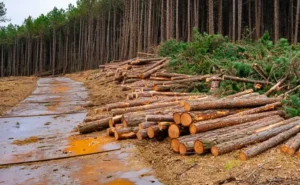
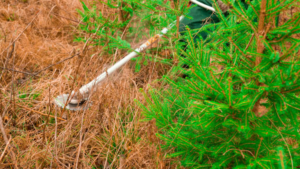
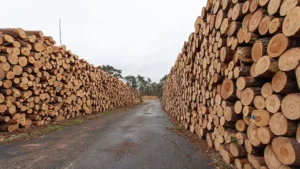
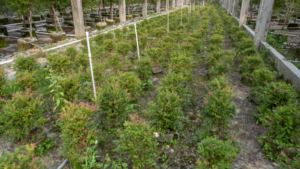
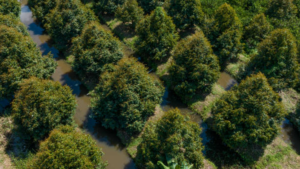


Leave your comment